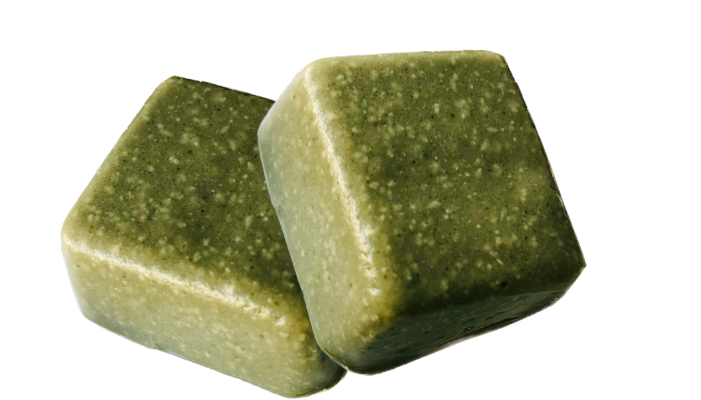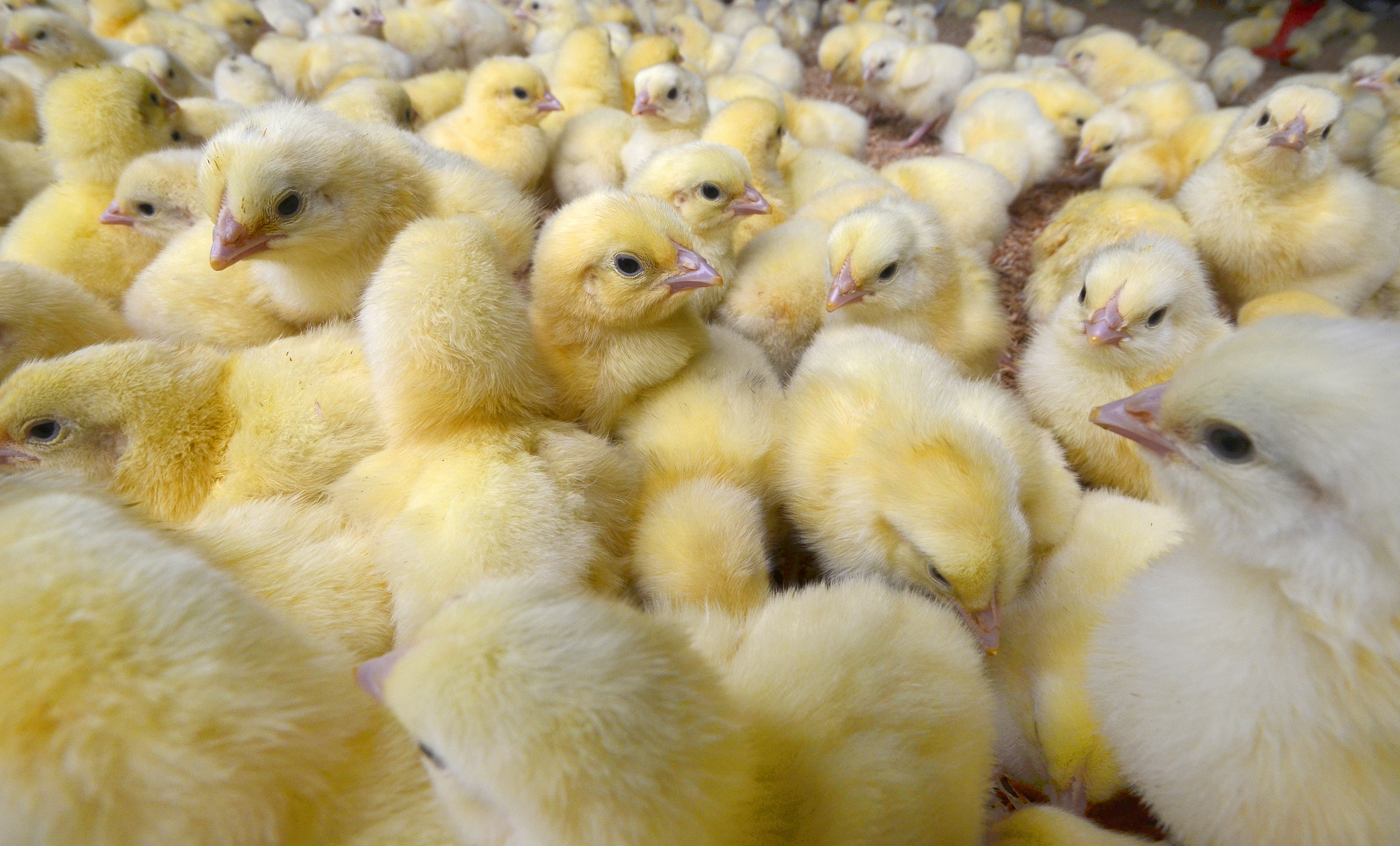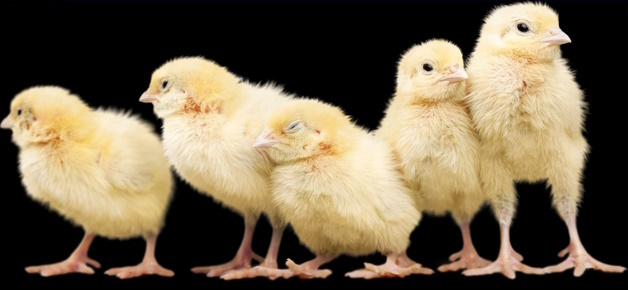POUL 3 GEL
The solution to chicks' dehydration
- Easy to use for hatcheries
- Pre-cutted cubes of 25g
1g per chick and per day


The quality of day-old chicks is the most important to exploit the maximum of their genetic potential.
As soon as day-old chicks are hatched in the hatchery, dehydration will start and continue in the storage room, during transport, etc. Chicks can loose 1 to 2g of moisture per 24H.
To prevent dehydration, an effective solution was designed: POUL 3 GEL

1g per chick and per day



Dehydration in chicks can cause serious health problems and reduce the productivity of poultry farms. To prevent this problem, we have developed an innovative solution to help producers maintain adequate hydration in chicks.
Day-old chicks are very susceptible to dehydration due to their low water reserves and limited ability to hydrate. Moisture loss can be caused by a number of factors, such as adverse environmental conditions, improper husbandry practices and transportation stresses.
POUL 3 GEL has been developed to provide adequate and constant hydration to young poultry. It is easy to use, safe and effective in helping to prevent dehydration and maintain chick health and welfare.

In Europe, the protection of young poultry is governed by the directive relating to the conditions of protection of farm animals (Council Directive 98/58/EC) adopted by the European Union in 1998.
This directive sets out the minimum rules relating to the conditions of accommodation and care for farm animals, including young poultry.
According to this directive, farmers must ensure that the chicks receive adequate food and water in sufficient quantity, except for a journey of less than: